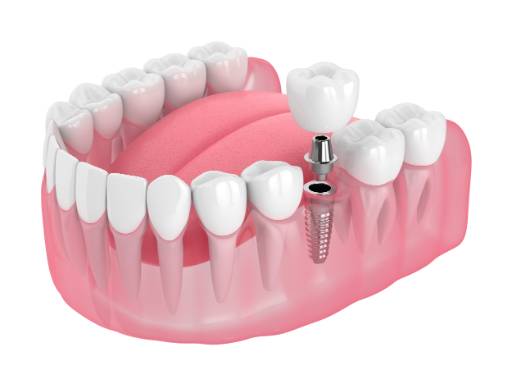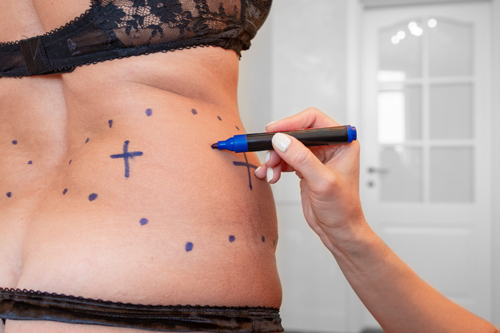A dental implant healing abutment is a small, connector-like device that is placed on top of a dental implant after it has been surgically embedded into the jawbone. Its primary purpose is to support the gum tissue during the healing process and to prepare the site for the placement of the final crown. The healing abutment protrudes above the gum line, allowing the gums to heal around it and form a natural-looking shape.
Functions of a Healing Abutment-
Promotes Healing: The abutment helps shape the gum tissue around the implant, ensuring a natural contour once healing is complete.
-
Protects the Implant: It serves as a protective barrier for the implant, preventing debris and bacteria from entering the implant site during the early stages of healing.
-
Facilitates Easy Access: Dental professionals can easily access the implant site for monitoring and any necessary adjustments during the healing phase.
-
Guides Tissue Growth: The healing abutment encourages the proper growth of gum tissue, which is vital for the aesthetics and functionality of the final restoration.
>>> See more: https://dentalinviet...ost-in-vietnam/

The healing process after placing a dental implant and its abutment can vary from patient to patient. Generally, it follows these stages:
1. Initial Healing PhaseAfter the surgical placement of the dental implant and healing abutment, the initial healing phase typically lasts for about one to two weeks. During this time, patients may experience mild swelling or discomfort. Over-the-counter pain medications are usually effective in managing any pain.
2. OsseointegrationFollowing the initial healing, a process known as osseointegration begins. This phase can take anywhere from three to six months. Osseointegration is the process where the implant fuses with the surrounding jawbone, providing a sturdy foundation for the final restoration. Regular follow-up visits to your dentist are essential to monitor this process.
3. Tissue HealingWhile osseointegration occurs, the gum tissue around the healing abutment will also be healing. The design of the healing abutment plays a role in shaping the gums correctly, ensuring that by the end of the process, the tissue appears healthy and well-contoured.
4. Final RestorationOnce healing is complete, and osseointegration has successfully occurred, the healing abutment is removed and replaced with a permanent abutment. A custom-made crown is then placed on top. This final restoration completes the dental implant process.
See more: https://dentalinviet...ant-in-vietnam/

Post-surgical care is crucial for the success of your dental implant healing. Here are some essential tips for ensuring a smooth healing process:
1. Follow Your Dentist’s InstructionsAlways adhere to the post-operative instructions provided by your dentist. This guidance will often include dietary restrictions, pain management strategies, and hygiene recommendations.
2. Maintain Oral HygieneGood oral hygiene is vital. Gently brush your teeth and the area around the healing abutment, being careful not to irritate the surgery site. Rinsing with an antiseptic mouthwash can also help keep the area clean.
3. Avoid Certain FoodsStick to a soft diet, avoiding hard or crunchy foods that could disturb the healing site. Foods like yogurt, pudding, and smoothies are ideal during the initial healing phase.
4. Stay HydratedDrinking plenty of water can support your overall health and aid the healing process.
5. Attend Follow-Up AppointmentsRegular check-ups are necessary to ensure that the implant is integrating well with your jawbone. These visits allow your dentist to monitor healing and address any concerns.
A dental implant healing abutment plays a crucial role in the overall success of dental implants. Understanding its purpose and the healing process can empower patients to participate actively in their recovery and ensure the best possible outcomes. Following proper aftercare and maintaining regular communication with your dental care provider will facilitate a smooth healing experience. Should you have any questions or concerns about healing abutments or dental implants in general, don’t hesitate to consult your dentist for personalized guidance and support.



 Find content
Find content Male
Male



